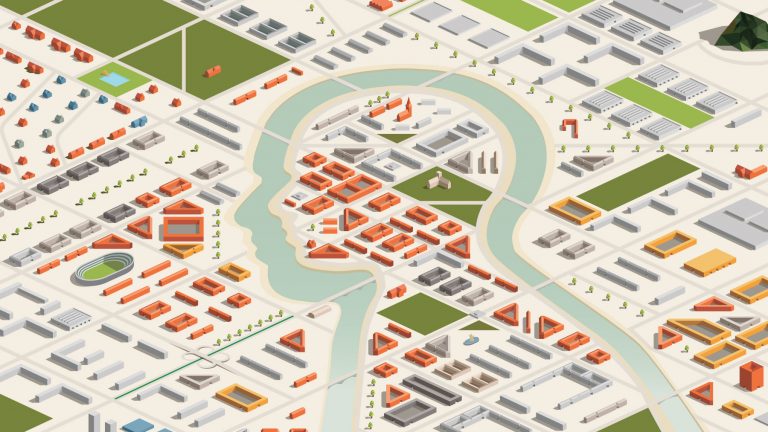
What You Should Know About Transportation
- Outward Trend: The metropolitan Washington region has added millions of people and jobs in the last few decades and most of these have located outside the Beltway. National Capital Transportation Planning Board forecasts project this outward trend will continue to 2040 and beyond.
- Lack of Implementation: Today’s congestion is not from a lack of planning, but a lack of political will to build the roads, bridges and a few transit links planners in the 1960s recommended be in place by 2000. The opening of the Silver Line will essentially complete the planned rail network. However, more than 1.000 lane miles of planned roadways and seven Potomac River Bridges have yet to be constructed.
- Public transit: Public transit in this area is a great success. The region ranks second only to New York City to percentage of work trips via public transit. Twenty-four percent of all commute trips and seven percent of all daily trips are by public transit.
- Land Use: A well-connected transportation network is important not only for better mobility, but to provide a framework around which to better focus land use. Good land use practices make transportation investments work better. However, our highway and transit systems are among the nation’s most congested. With more than 1.5 million residents in the pipeline, better land use alone will not replace the need for substantial increases in highway and transit capacity.
- Air Quality: Since approval of new federal Clean Air laws in 1990, the region’s air quality has improved dramatically. Mobile Source Nitrogen Oxides (NOx) levels have declined by nearly 80% and Mobile Source Volatile Organic Compounds (VOC) levels have declined by nearly 65%. The Metropolitan Washington Council of Governments projections show that due to today’s cleaner vehicles, these low levels will decline even more in the future, despite the addition of millions of more people, vehicles and miles of travel. Mobile Source Particulate Matter emissions also are down dramatically.
- Funding: General Assembly passage of new transportation funding in 2013 for the first time in 27 years provides Northern Virginia with $300 million/year in new regional funds and significantly improved Virginia’s ability to address its substantial maintenance backlog. Still challenges remain. Virginia’s 48,000 mile secondary road network remains significantly under-funded and the federal gas tax remains at 1993 levels and Northern Virginia’s unfunded needs total many billions of dollars.
- Regionalism vs. Parochialism: Sustaining Northern Virginia’s economy and quality of life requires building a less congested, more reliable regional transportation network. The challenge for the Northern Virginia Transportation Authority is to find the vision and political will to invest regional funds into regional solutions that reduce congestion and improve travel time rather than projects of largely local benefit.